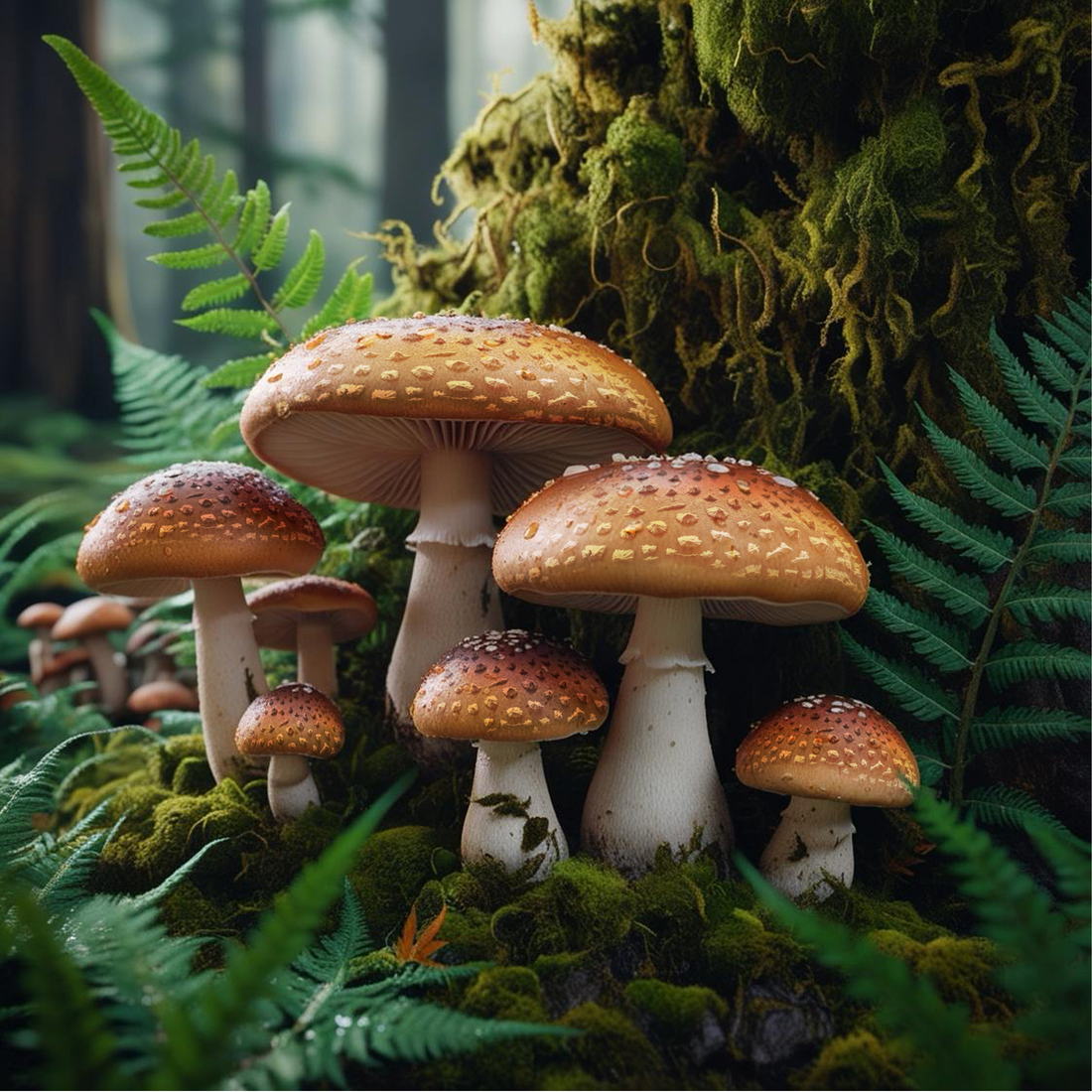
Panther vs. Fly Agaric: What's the Difference?
Share
Have you ever wondered about the difference between the Fly Agaric (Amanita muscaria) and the Panther Cap (Amanita pantherina)?
Visually, the Fly Agaric stands out with its iconic bright red cap adorned with white spots. In contrast, the Panther Cap has a more subdued appearance: a light brown cap with white spots, often mistaken for an edible mushroom. However, the most crucial difference lies in their chemical composition.
We’ve discussed the Fly Agaric’s composition in a previous post. Now, let’s delve into the Panther Cap. Its unique features are the presence of scopolamine and hyoscyamine, compounds absent in the Fly Agaric.
Scopolamine:
This compound resembles atropine in structure and effects. In small doses, it can relax smooth muscles, aid digestion, regulate bile flow, and stabilize heart rhythms. Its antispasmodic properties also help alleviate pain.
Hyoscyamine:
Another alkaloid similar to atropine, hyoscyamine blocks acetylcholine, a neurotransmitter that influences the parasympathetic nervous system. It dilates pupils, speeds up heart rate, and opens airways, making it useful in treating asthma and related conditions.
Unlike the Fly Agaric, which primarily affects GABA receptors, the Panther Cap also influences the acetylcholine system. This dual action makes the Panther Cap more potent and unpredictable. Even small doses can have a significant impact.
For this reason, the Panther Cap demands caution and is suitable only for those experienced in microdosing. Beginners are better off starting with the Fly Agaric, known for its milder and more manageable effects.
Curious to learn more about microdosing or the unique properties of these mushrooms? Don’t forget to follow our blog. Share your experiences or questions in the comments—we’d love to hear from you!
